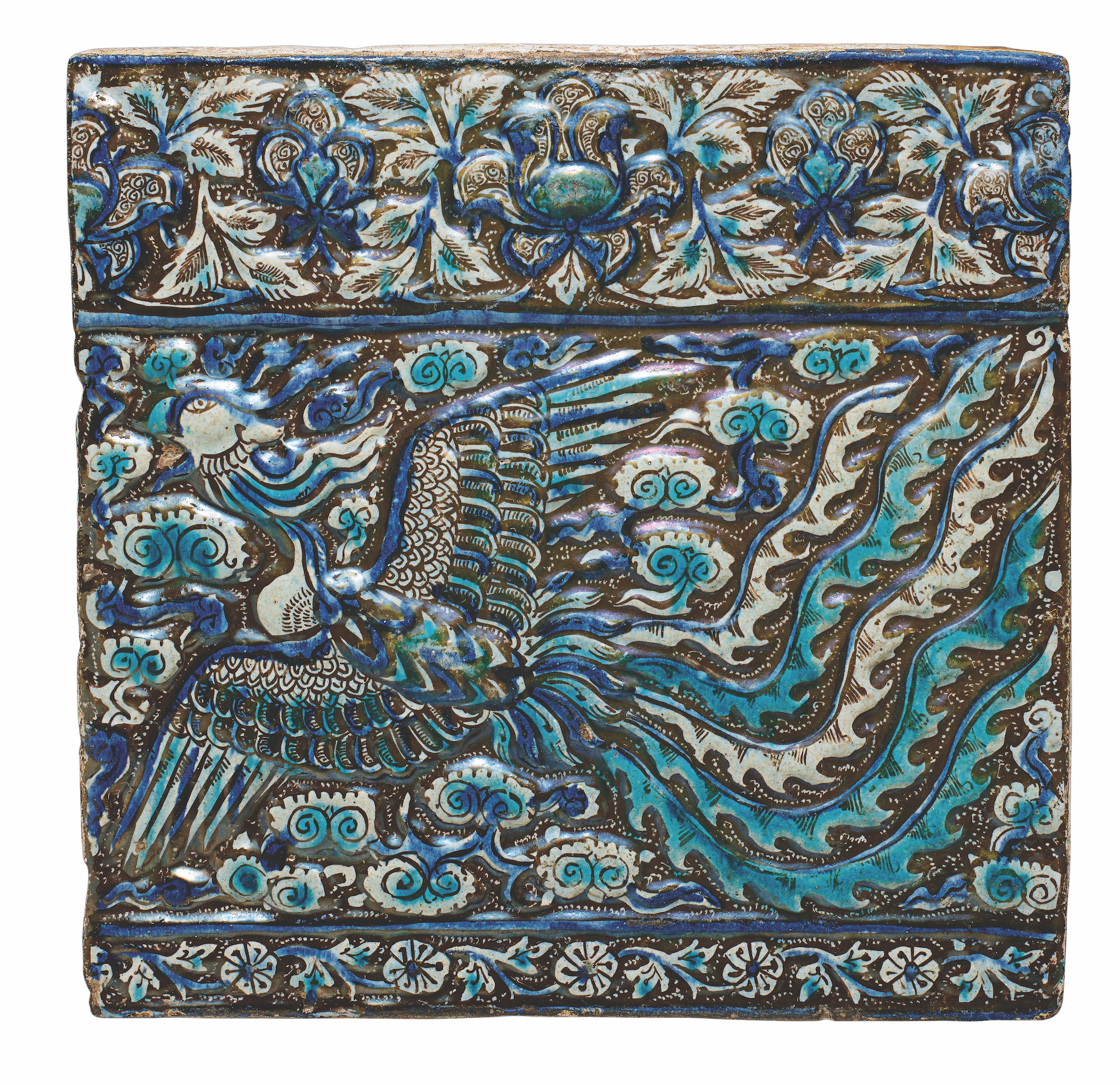
The bird that put the magic into myth
In Bird: Exploring the Winged World we take a look at the mythological creature that spans ancient civilisations and modern presidents
Leaf through the pages of Bird, our peerless visual exploration of the winged world, and you’ll soon realise how the avian world intersects with human symbolism and storytelling. There’s Picasso’s dove of peace, Warhol’s mighty bald eagle, as well as storks, albatrosses, chickens and turkeys.
This marvellous collection of bird-themed works, created by artists, designers, illustrators, botanists, photographers, sculptors and others, even features a few species that no longer walk the earth. The dodo and the flightless great auk only truly live on in artworks such as those presented in our book.
Others, like the mythical phoenix, only ever existed in the minds of mankind. However, this work (above), featured in Bird, shows how even these imaginary birds flit from one continent and civilization to another, recurring in the thoughts and dreams of our collective unconscious.
“After the Mongol invasion of Iran in the Ilkhanate period between 1256 and 1335, there was a profusion of links between modern day China and Persia, both of trade and design,” explains the text in Bird.
“Iconography such as lotus flowers proliferated, with some of the best examples in the tiles from Takht-i Sulaymän (‘Throne of Solomon’) in northwestern Iran. Built as a summer and hunting palace by Mongol ruler Abaqa Khan, it was situated on the site of Adur Gushnasp, one of the three most sacred Zoroastrian fire temples of pre-Islamic Iran, in order to confer legitimacy on the new Mongol rulers.
“This tile, probably from Takht-i Sulaymän, is a cobalt and lustre-glazed moulded example showing a fenghuang, like the phoenix of Greek mythology,” the text goes on. “A symbol of virtue and the coming together of yin and yang, it is often paired with aChinese dragon in weddings and used by royalty to indicate a positive relationship between a man (the dragon) and a woman (the fenghuang).
The creature is common in many East Asian cultures and found today on the seal of the president of South Korea, in the name of typhoons and in place names throughout China. The bird may also be a reference to a simurgh, another phoenix-like mythological beast from Persian culture dating back thousands of years, which underscores the mix of Mongol, Chinese and Persian influences on Ilkhanate art.”
To better understand how this ancient tile fits into a wider world of avian art, order a copy of Bird Exploring the winged world here.